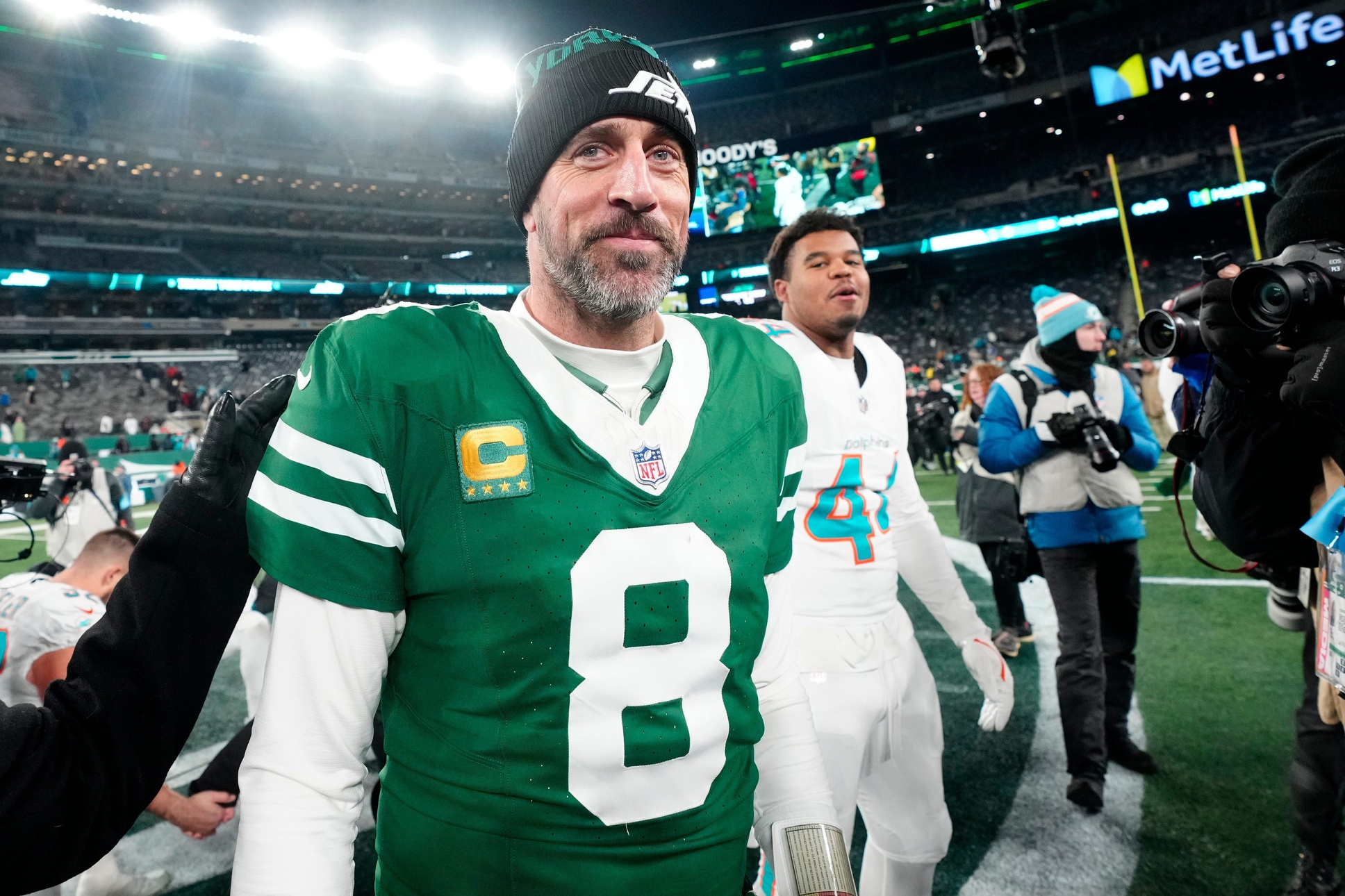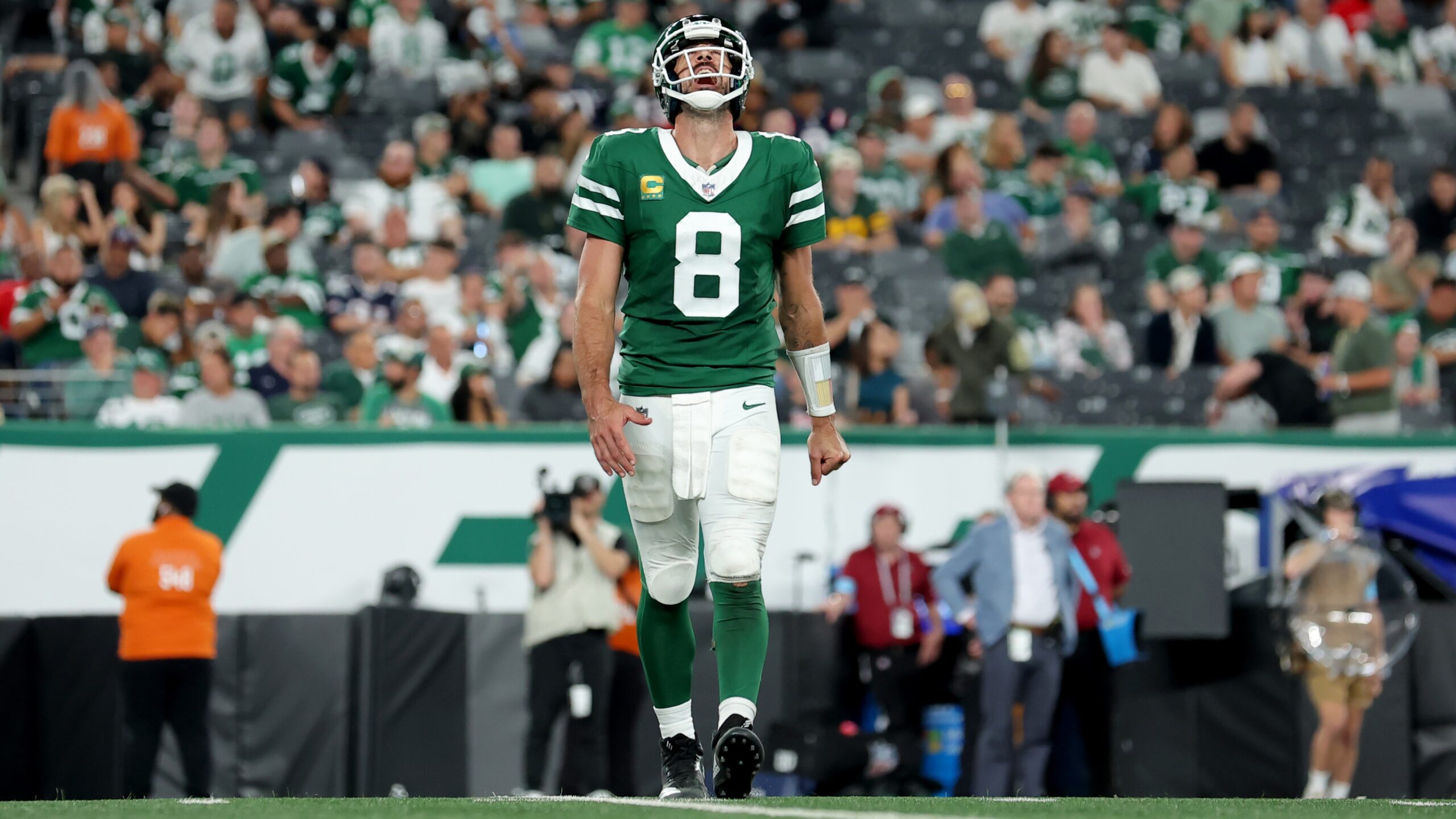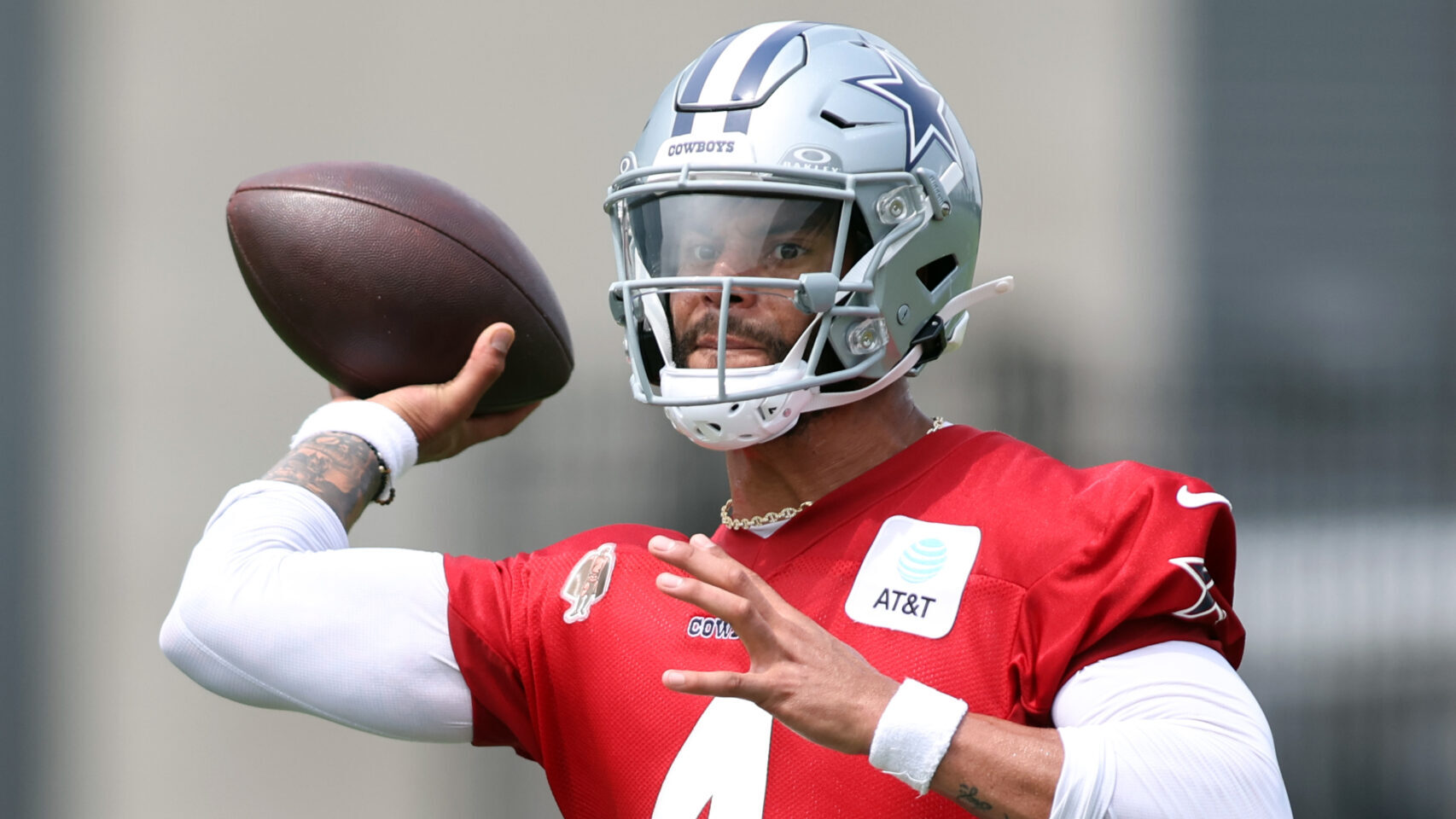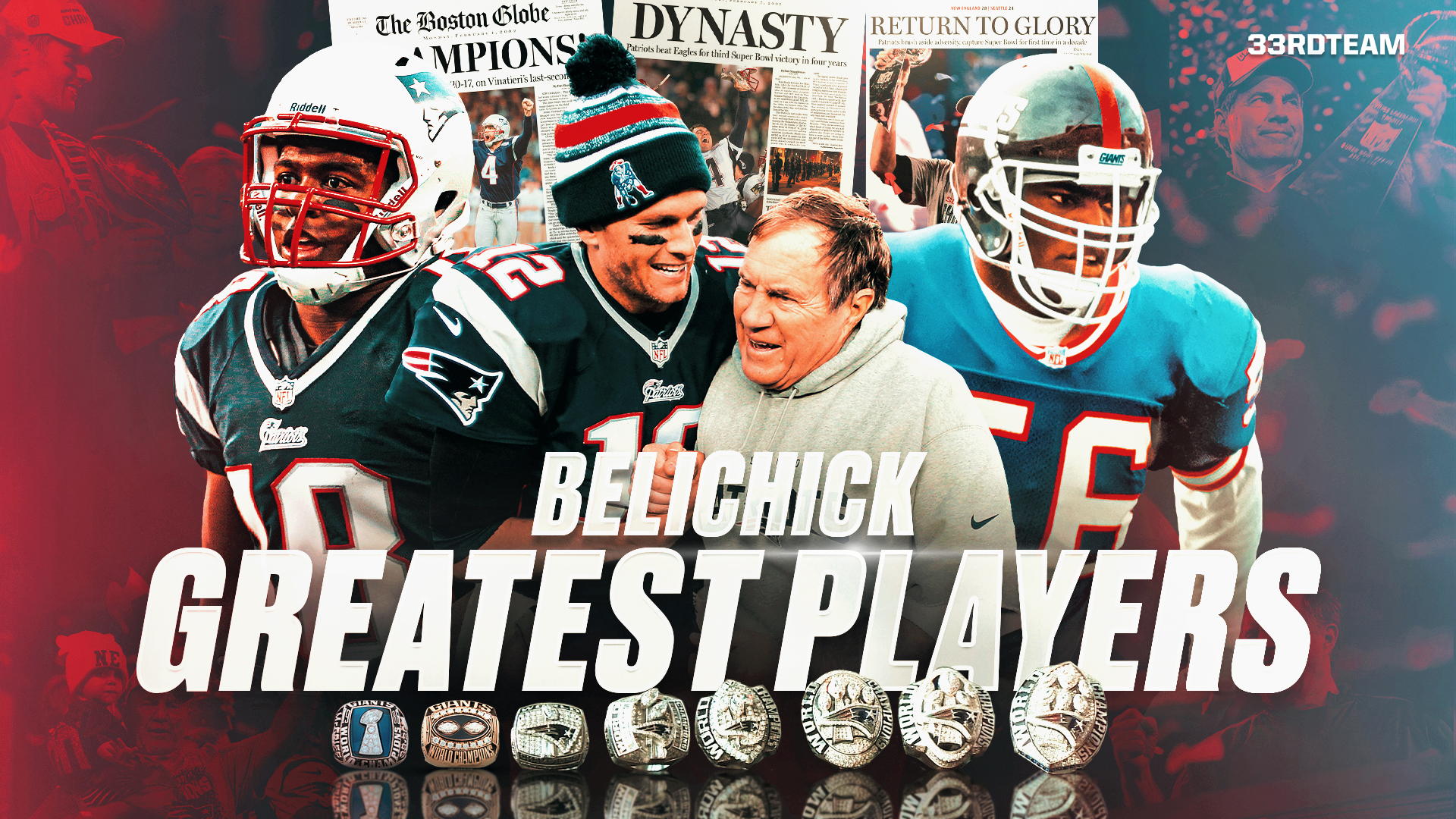Analysis
9/12/23
6 min read
Looking Back At Key Fourth-Down Decisions From Week 1
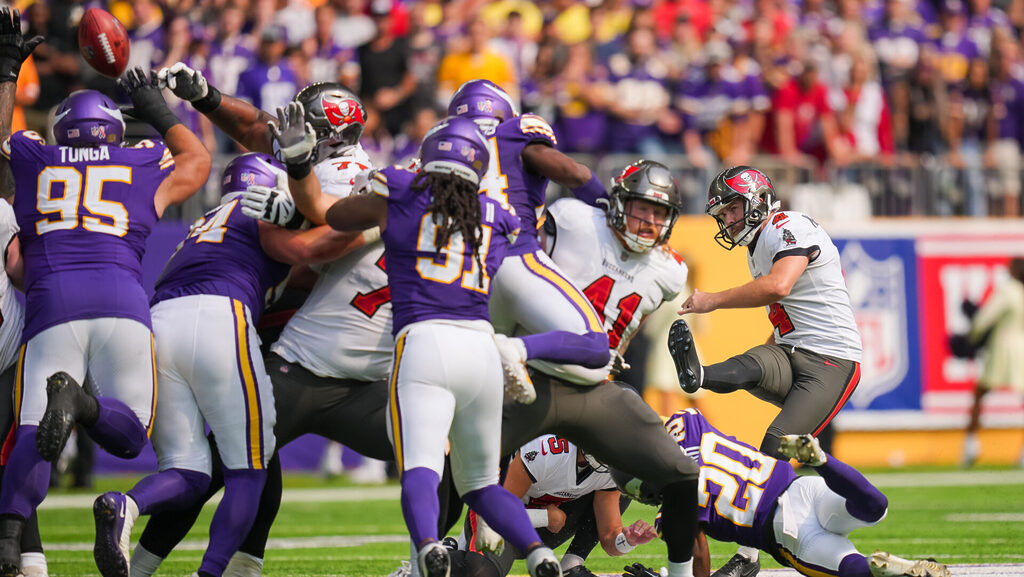
Each week, the Sports Info Solutions (SIS) research team will comb through the previous week of NFL games and evaluate interesting fourth-down decisions.
It won’t always be the best or worst calls, as just the situation itself is often compelling enough to discuss. But in all situations, we’ll look at how the numbers might lean and add in the contextual factors that should come into play to affect that decision.
Any talk of win probability in this space uses SIS’s model, which is trained on several years of play-by-play data. We’ll often mention expected win probability added (xWPA), which uses the model’s expectation for what might happen if the offensive team chooses to go for it, punt or kick a field goal. The expected result for each possible option is based on historical data on fourth-down conversions, punt distances and kick accuracy.
This week, we’ll start by looking back to Thursday, which featured interesting calls at the start and end of the contest.
Week 1 Key Fourth-Down Calls
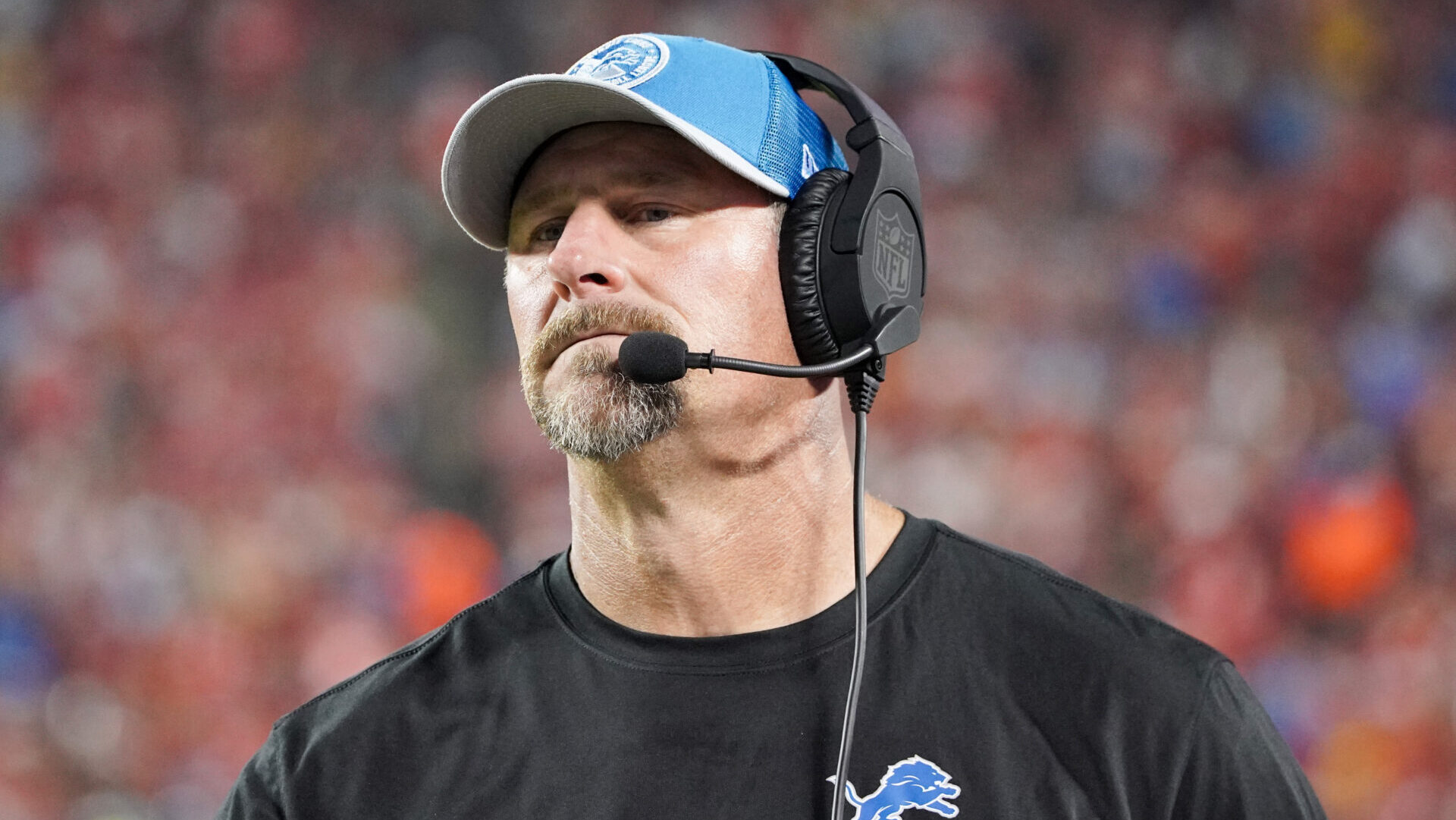
Lions at Chiefs; 9:27 left in the first quarter
Lions: fourth-and-2 from their own 17, scoreless
We all marveled at the gall, the cojones, the unmitigated gumption it took for Detroit Lions head coach Dan Campbell to call a fake punt from inside his own 20. And this was a pretty big deal in the sense that we haven’t seen a fourth-down attempt from inside a team’s own 20 in the first quarter in a few years. The last time it happened was a fake punt on fourth-and-7, and the head coach was not in on the bit.
With two yards to go, though, our model actually recommended this “go,” even without the trickery to disguise it. Given how early it was in the game, the gap of two percentage points of win probability is a decent chunk of expected value to gain from a call like that. And we now know that it worked out, leading to a touchdown drive and a big “W” to start the year.
Lions at Chiefs; 2:09 left in the fourth quarter
Chiefs: fourth-and-25 from their own 30, trailing 20-21
By the end of the game, we had established that the Kansas City Chiefs weren’t world-beaters on this day. So it was a surprise that Andy Reid left his offense out on the field for a fourth-and-forever with timeouts and the two-minute warning remaining.
Sure, last year, the Chiefs had more 25-plus yard pass plays than any other team. The gap between them and the next team was as large as the gap from second to 20th. But without Travis Kelce in the lineup and with the receiving group dropping the ball in his absence, this was a spot where your usual evaluation of your team might not apply.
Naturally, our model disagreed with this decision, assuming just a six percent chance of success. It resulted in an 11 percent loss of expected win probability, which is among the biggest losses you can expect from a decision. The decision became even worse when that fourth-down play took enough time to cross over the two-minute warning, costing Kansas City a key stoppage of time.
Buccaneers at Vikings; 5:15 left in the fourth quarter
Buccaneers: fourth-and-3 from the Vikings' 39, tied 17-17
We’re now at a point in football discourse where fourth downs with a couple of yards to go just on the edge of field goal range immediately trigger “go for it” vibes. Of course, they also make perfect cases for evaluating decisions because all options are on the table.
The Tampa Bay Buccaneers took that and ran with it, opting for the third-best choice of kicking a 57-yard field goal. Our model suggested this was a very good spot to go for it, with the two special teams options (kick or punt) a good 10-plus percent behind. That’s partly because the field goal was no sure bet and partly because there was enough time left that the Vikings probably wouldn’t have the last shot at scoring.
One thing the model didn’t know was that Chase McLaughlin was nine for 12 on 50-plus-yard field goals last year. He made the kick, the Minnesota Vikings sputtered on their next drive and Tampa Bay was able to milk the rest of the clock to take a surprising road win.
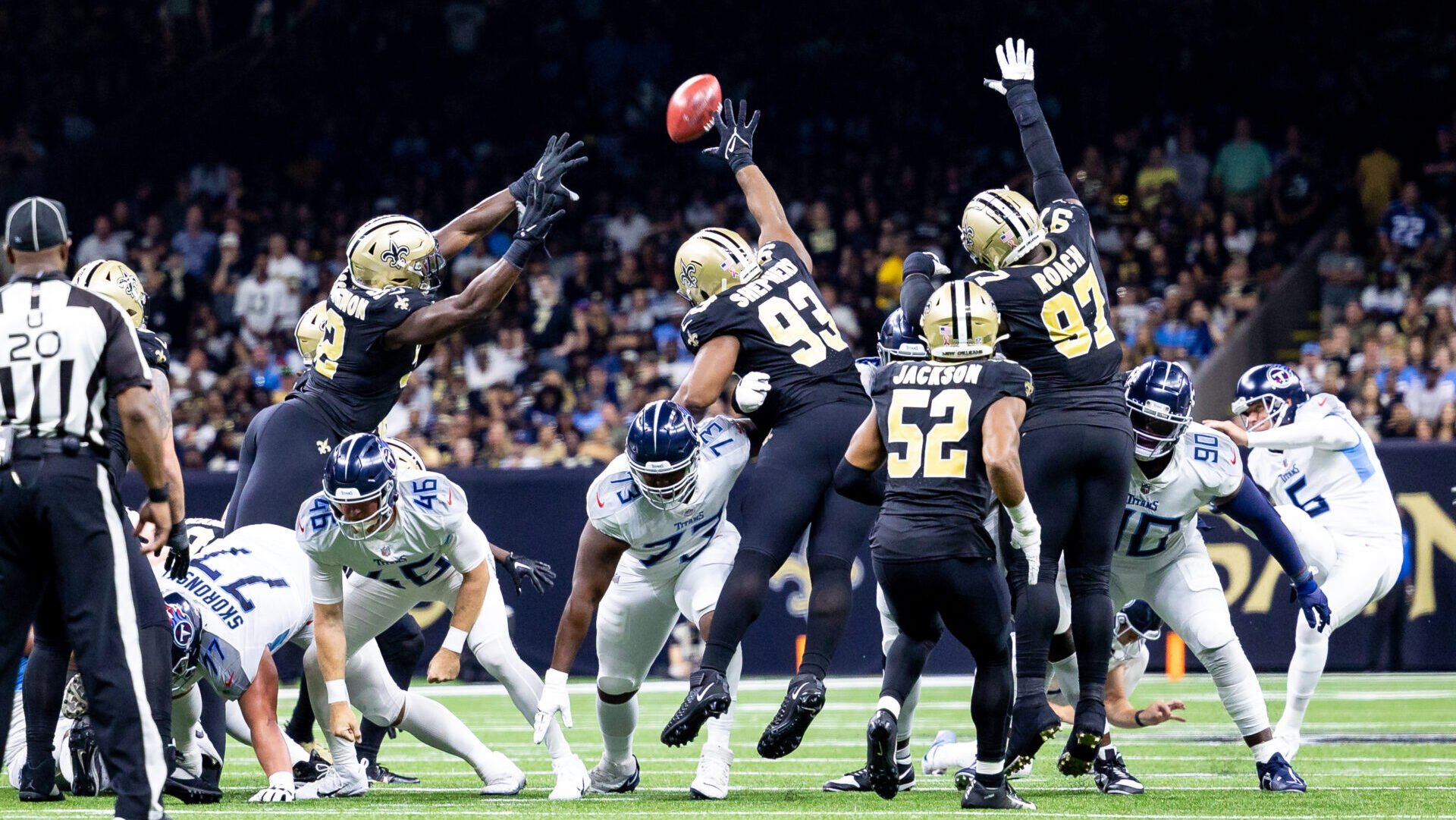
Titans at Saints; 2:20 left in the fourth quarter
Titans: fourth-and-6 from the Saints' 11, trailing 16-12
Last week, we wrote about how much fourth-down decision-making might enter into Week 1 matchups. We didn’t feature this game, but we could have — the Tennessee Titans under Mike Vrabel had some of the best agreement with our model, while Dennis Allen’s calls were the least consistent with our recommendations.
This situation flipped the script, though, with the Titans opting to kick a field goal to get within one point instead of pushing for a touchdown, costing themselves five percentage points of xWPA. Most of our strong “go” recommendations come on short-to-medium yardage or in obvious desperation spots, but the combination of field position, score and time seems to make this a pretty clear spot, as well, all things being equal.
These possible resulting drive situations are kind of similar:
- If you fail to make it, you have to stop the New Orleans Saints on a drive starting deep in their own territory and then make it down the field for a touchdown.
- If you kick a field goal, you must stop the Saints on a drive starting at a typical field position and then make it a shorter distance for a field goal.
The difference is that the fourth-down attempt gives you the upside of having the lead before the Saints get the ball.
This is a clear sign of Vrabel not trusting his offense to be able to get chunks of yardage, although the Titans did have three timeouts and the two-minute warning to help give them decent time to breathe if they stopped the Saints on the ensuing drive.
This story was written by Alex Vigderman


